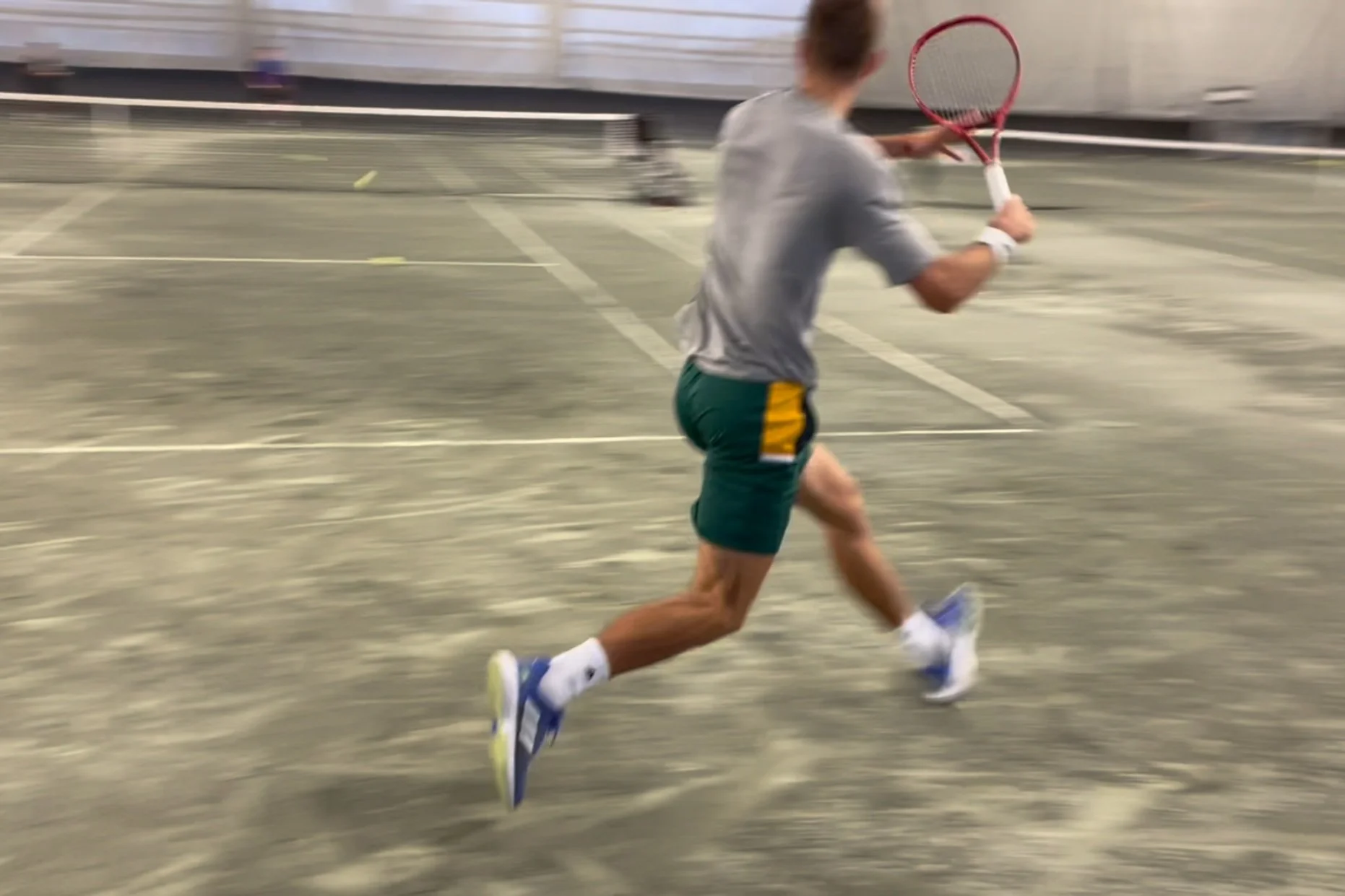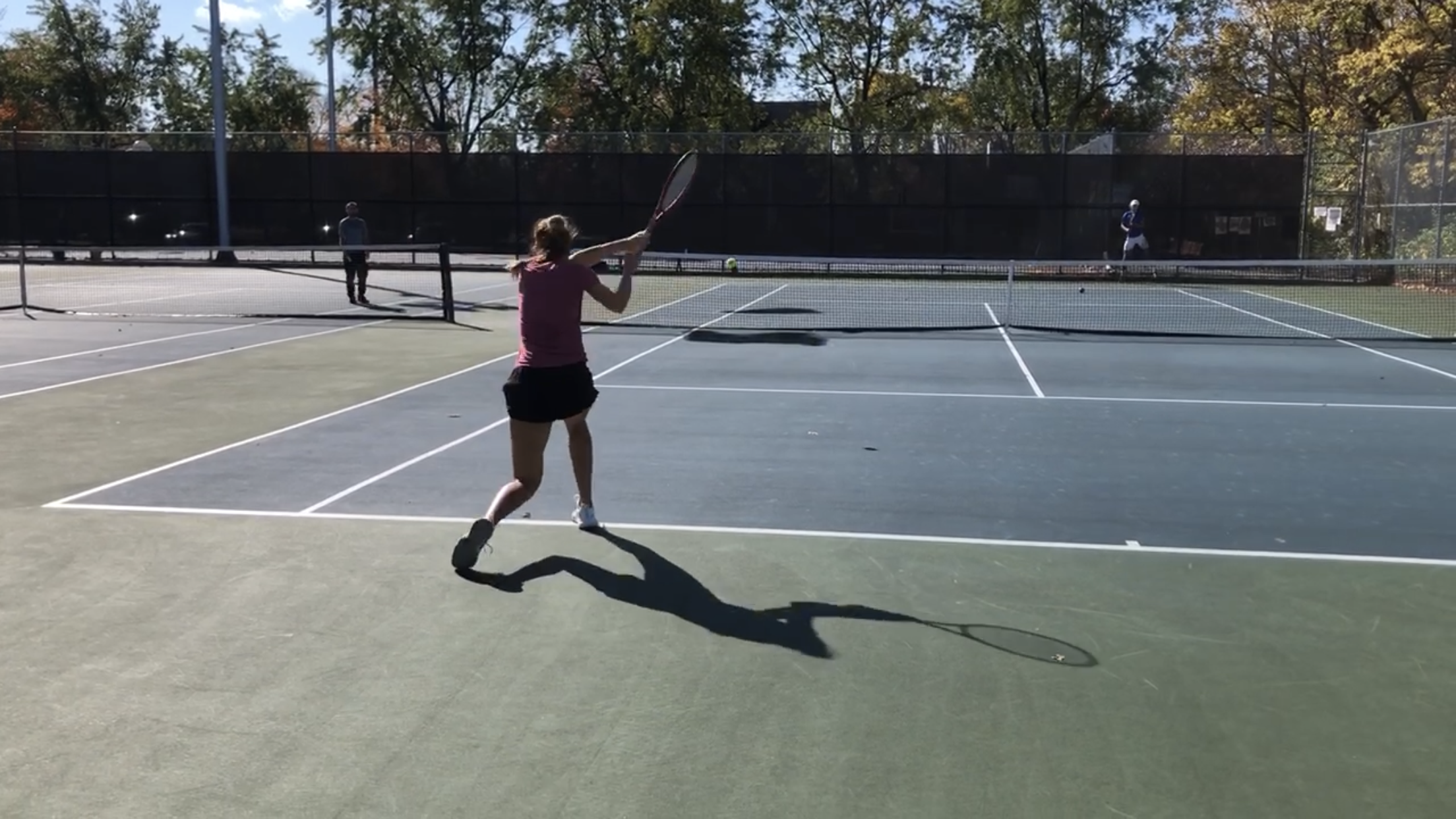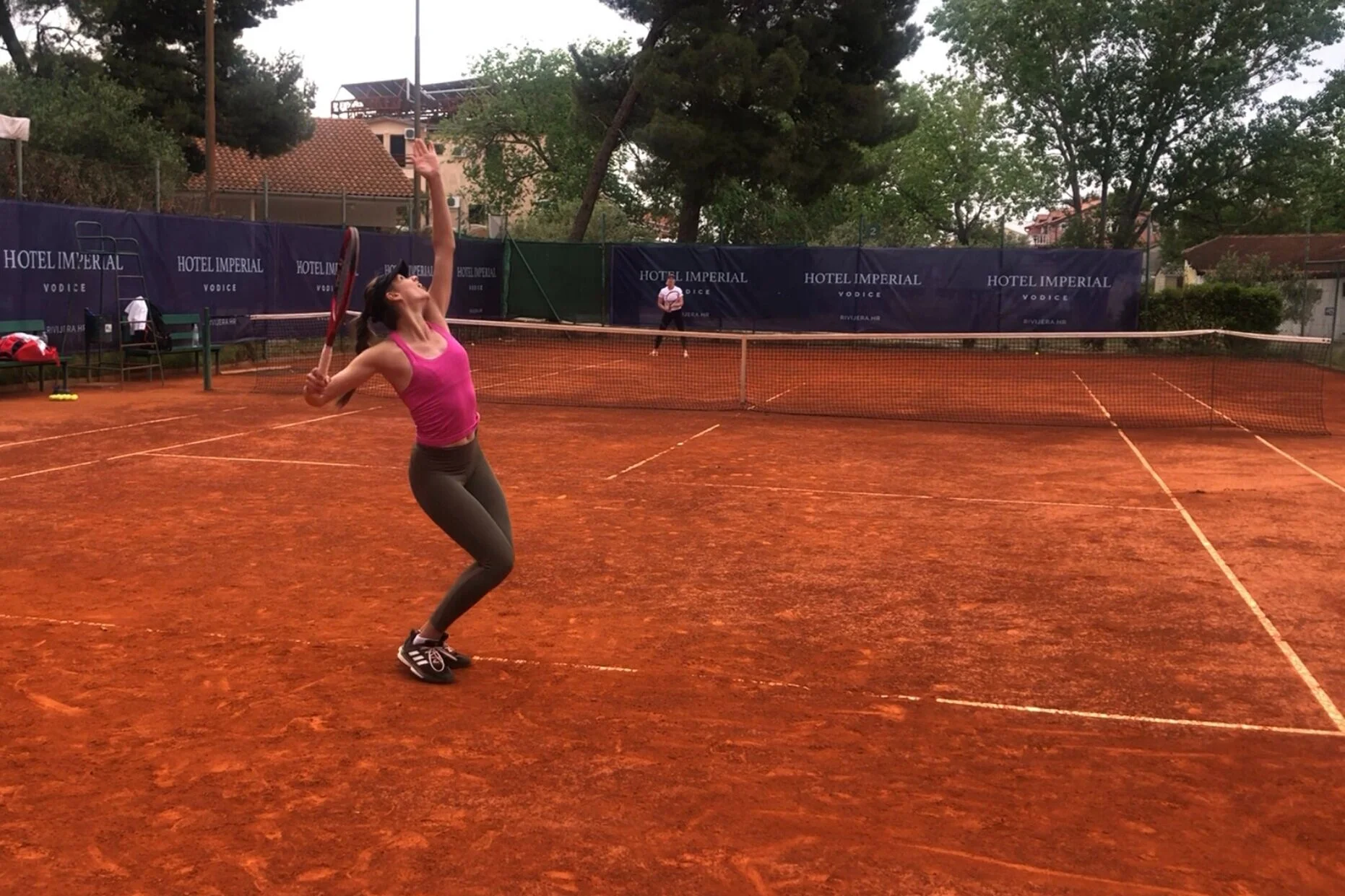Have you ever hit a serve where everything just seemed to come together? You felt coordinated. Powerful. The ball came off your racquet like a rocket.
On the flip side, we’ve all hit serves that felt off-balanced. Off-centered. Lacked pop. And landed everywhere but the service box.
A little while back, I wrote a post highlighting the need to serve earlier in practices - check out that article here.
I also discussed this on the BTS podcast with PhD in Sport Science, Jaime Fernandez, who recently published a research paper on this exact topic. His conclusion - serving should happen at some point in the first half of a tennis practice AND NOT at the very end of a session. This will benefit players both from a development standpoint and from an injury mitigation point of view.
At the time, I was deeply immersing myself in topics related to motor learning - and experimenting with this player in particular (he was quite open to new ideas).
One area that stood out to me was the topic of feedback - and its impact on learning.
What does the typical practice in tennis look like? If you’re someone that’s been around the game for many years, it probably follows a pretty similar structure - mini-tennis, groundstrokes, volleys/overheads and lastly, serves and returns.
But what if a player’s priority is to improve the serve? Does it make sense to hit for an hour (or like in many tennis settings, beyond an hour) prior to serving?
While there’s nothing normal about the current competitive tennis calendar, a few of my players are in a situation where they’re able to play a competitive league - organized by Tennis Canada.
By this point, if you’re a tennis player, it’s no secret that you’re itching to get on the tennis court. Who wouldn’t be? It’s that time of year. Warmer weather. Flowers blooming. Outdoor tennis is around the corner.
Unfortunately, however, many players go about it the wrong way. Most, after a long layoff, are so eager to get back to the tennis court, they schedule multiple sessions that first week. Not only that, they’re so fired up that they hold nothing back. Running from side to side, hitting with that new found strength they’ve developed over the winter.






